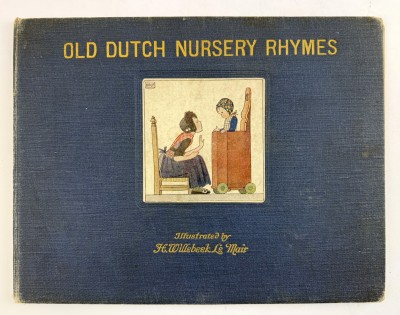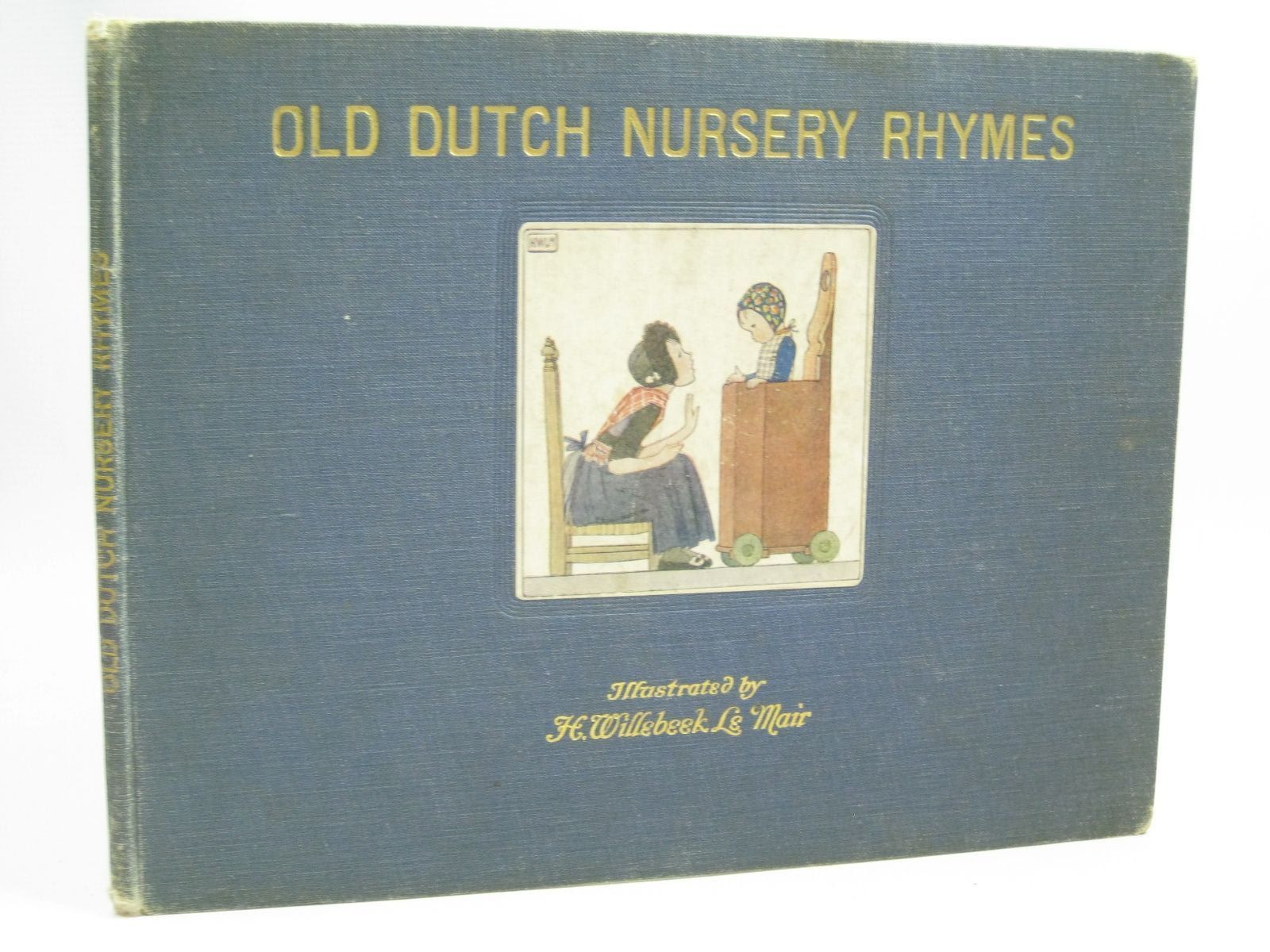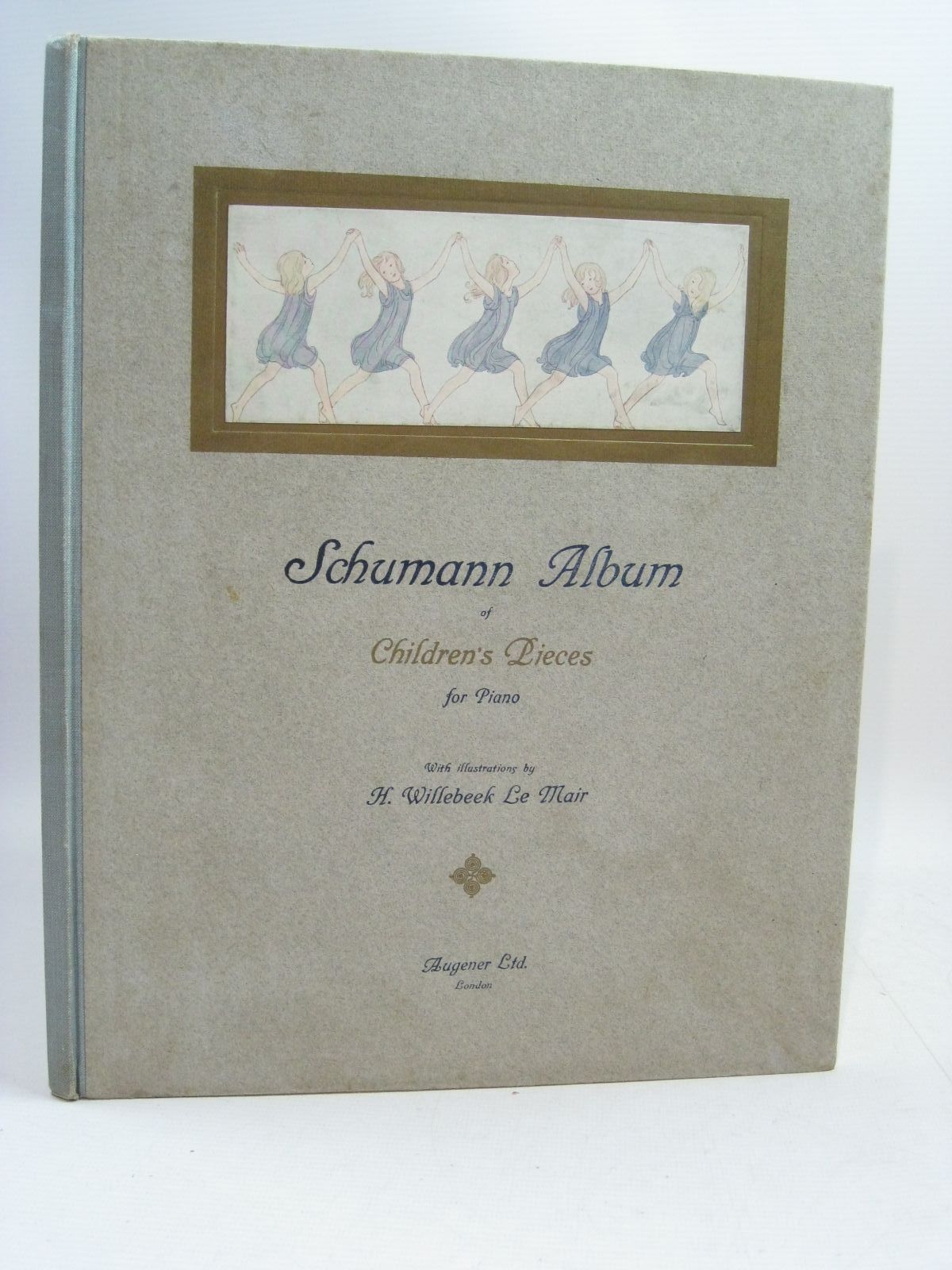Henriette Willebeek Le Mair
I have recently been pricing up a large collection of Children’s books. In amongst them were two items illustrated by Willebeek Le Mair. I loved the illustrations. Similar to Mabel Lucie Attwell (my favourite illustrator), Henriette seems to be able to capture the beauty and innocence of little children so well in her elegant watercolour illustrations. I decided to do a little research on her and this is what I found.
Henriette was born in Rotterdam in the Netherlands in 1889. Both of her parents were themselves artists and they greatly influenced her as a child by writing verses for her to illustrate. Another important influence on Henriette’s artistic development was the French illustrator Maurice Boutet de Monvel (himself greatly influenced by English illustrator Kate Greenaway) as her parents took Henriette to visit De Monvel in Paris for advice.
Her first book “Premieres Rondes Enfantines” was published in 1904 when she was just 15 years old.
When in her 20s Henriette opened an exclusive nursery school in one room in her home and took the opportunity to use the pupils as models for her drawings.
In 1911 she received a commission from Augener (an English music publisher) for a series of nursery-rhyme books including “Our Old Nursery Rhymes”, “Little Songs of Long Ago” and “Old Dutch Nursery Rhymes”. These books were well received by critics and the publisher commissioned several other books including a set of six small rhyme books and a series of postcards. In 1925 she illustrated her most sumptuously produced book “A Gallery of Children” by A.A.Milne, of Winnie-the-Pooh fame, and in 1926 “A Child’s Garden of Verses” by Robert Louis Stevenson, author of Treasure Island.
Although, in comparison to many other illustrators of the time, she did not produce very many books, they were always highly regarded by the art critics.
In 1920 Henriette married Baron van Tuyall van Serooskerken. Having spent some time in Arabia in her youth, she had become very interested in Eastern philosophy and they both converted to Sufism, a religion of universal brotherhood and love. They settled in The Hague, Netherlands and spent the rest of their lives helping the poor and various charitable causes, her religious work eventually taking precedence over her illustration.
I was unable to find out if Henriette was an only child or indeed very much about her personal life.
Henriette passed away in 1966.
Contributed by Maria
(Published on 1st Dec 2024)



















